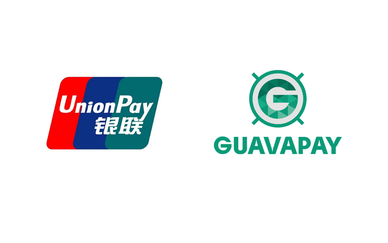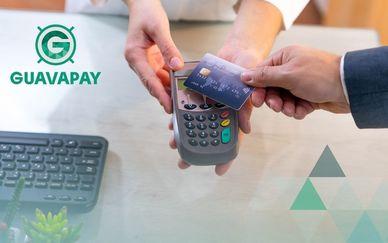COVID-19 has drastically impacted the world we live in, especially within the financial industry. Given the situation, cross-border payments have been promoted and happened to be a consolidating tool that integrates different spheres, countries, and payments.
However, COVID-19 has the power to digitalize all sectors and caused a surge in online shopping. E-commerce becomes a driving force in the emergence of digital payments.
The rise in digital payments has removed frictions and burdens in transactions. Cost, speed, and reliability improvement reasoned a wider adoption of cross-border payments for e-commerce. Cross-border payments breaking down traditional shopping borders has created opportunities for businesses, making it easier for them to expand to new markets and attract a broader range of customers. E-commerce entrepreneurs are adjusting to the efficient payment processing opportunities offered by Cross-border payments.
The breaking down of traditional shopping borders created opportunities for businesses to reach new markets and attract a broader range of customers. Now, due to advancements in the payment and digital sector, small and large companies alike can easily accept and reconcile payments anywhere on the globe.
However, despite the innumerable benefits, the following questions are raised:
What differentiates cross-border e-commerce from Local e-commerce?
How to optimize your e-commerce for international trade?
Let’s take a deeper look at the most vital part of cross-border e-commerce - payments.
CHOICE OF AN ACQUIRER
The establishment of cross-border e-commerce payment infrastructure must involve the choice of the right acquirer. The standard scheme: payment method - payment gateway - acquiring bank - issuing bank - processing - issuer approval - shopper’s confirmation - settlement - reconciliation got more complicated and nuanced if applied in a cross-border environment.
Local acquirer - Local E-commerce
- Local acquirer demonstrates that the acquirer meets the best needs of a local bank and its settings configured according to the banks' demands, that provides secure frictionless payment transactions without chargebacks. Generally, locally processed transactions tend to generate higher authorization rates in comparison with cross-border payments, but also consider additional workload, challenging and tangled process with an alternate acquirer in each market that requires separate contracts, separate service agreements, and separate functionalities for each country.
Cross-border Acquirer
- Acquirers do not view the necessity to establish local relationships with the domestic payment infrastructure within the countries of the base. At first, a fast, convenient, and overload-free process can cause chargebacks and the reason for customers' dissatisfaction, and seeking an advanced service provider. Once the bank gets an authorization request from an acquirer it isn’t familiar with, the transaction has bigger chances of getting rejected due to the caution from the banks' end.
Cross-border acquirer with local license
- The most effective method for effective cross-border e-commerce payments is to have a single partner with local acquiring licenses within all markets in which you operate. The decision based on the most suitable payment provider is crucial because those providers with an extensive partnership network of global banks and financial services are an optimized variant for frictionless and seamless transactions with faster settlements, reduced chargebacks, and lower transaction costs. The businesses get the opportunity to balance with agility in payments across different countries and regions. Moreover, the acquirer with a local license can propose payment methods that are popular and characteristic throughout the region which leads to an increase in promotion and conversions.
E-COMMERCE LOCALIZATION
To make your cross-border e-commerce experience successful, the first thing that should be paid attention to is the specifications of the location. While preparing your e-commerce for international markets, it is crucial to offer a localized experience!
One should keep in mind that the positive customer experience creates more conversions and leads, so you should put maximum effort to catch your customers’ attention and ensure they remain attracted to your services.
Speaking about the specifications we mean such nuances as the language. The more language capabilities your site provides, the better! Your customers get a more comprehensive notion of your services, easily navigate the pages, and more willingly cross over to the checkout process.
Another factor that is often underestimated is the choice of payment methods according to geography. Consumer buying habits and payment preferences differ based on geography.
No matter what country your shopper is based in, They should be able to use their usual payment system. Make sure you are able to accept the preferred payment methods in the regions you wish to sell. Of course, extensive choice of payment methods may lead to complexity, still, the localization of your e-commerce business demands the payment methods, widely used in this popularity. Whereas in one country people are used to paying by WeChat or Alipay, in another corner of the world the customers are just now getting habits of using plastic card payments.
A frictionless checkout experience means satisfied customers, higher conversion rates, and increased sales - it is what you should expect when your e-commerce goes cross-border. It should be simple and comfortable for your customers, profitable, and hassle-free for you!
 Sign in
Sign in



